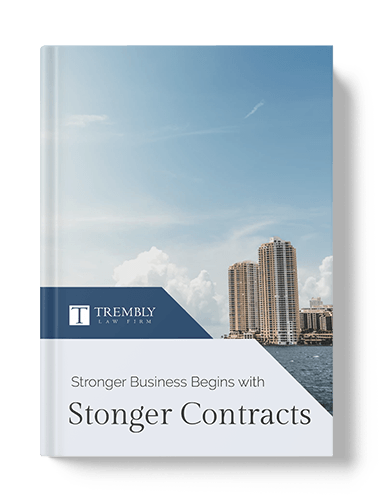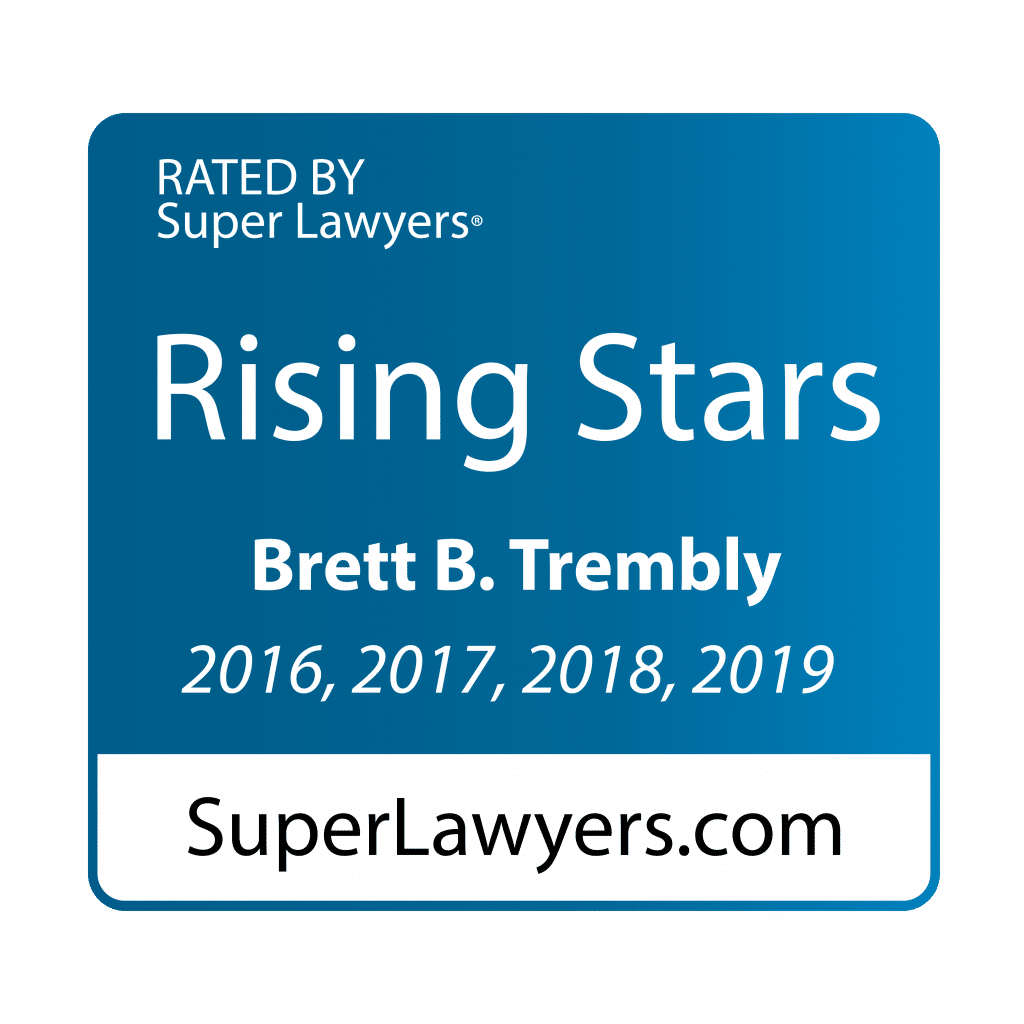In some of our recent posts, we have touched on damage recovery in breach of contract cases. Having at least a basic understanding of damage recovery can be very valuable for business owners. At some point in your business career, you’re going to encounter a breach of contract, and it’s important that you understand how you may recover any damages incurred as a consequence of the breach. To build an understanding of recovery, you need to know about the many theories which inform how courts assess damages.
The case of Hadley v. Baxendale is among the most significant cases in damage recovery for breach of contract. This case, which is more than 160 years old, provides the basic introduction to the concept of foreseeability; and foreseeability is at the heart of damage recovery in our legal system.
Facts & Ruling of Hadley v. Baxendale (1854)
In this famous case, the plaintiff (Hadley) owned and operated a mill. The plaintiff entered into a contractual agreement with the defendant to deliver a replacement crankshaft. The defendant was not able to deliver the replacement part on the date which was agreed upon. As a consequence of the late delivery, the plaintiff could not fulfill orders which had already been placed. Consequently, the plaintiff suffered economic damages as a consequence of the breach of contract (which was to deliver the part by a specific date).
The question became: could the defendant be held liable for the damages which resulted from the breach? The defendant wasn’t aware that the plaintiff had pre existing orders which depended on the strict observance of the contract.
The court (in this case, an English court known as the “Exchequer Court”) determined that the economic damages – in this case, lost profits – were not recoverable. And the court based this decision on the reasoning that only damages which are reasonably foreseeable from the breach should be recoverable. In this case, the defendant was not told of the preexisting work orders, and there was no reason to suspect that the plaintiff would suffer lost profits as a direct consequence of late delivery.
Significance of the Case
The principle discussed by the court was simple, but extremely significant. This basic principle still informs damage recovery today in common law countries. In order for damages to be recoverable, they must be a reasonably foreseeable consequence of a breach of contract. What determines “reasonableness” in a given situation? The answer is that we can never know unless we examine carefully all of the relevant facts. In other words, foreseeability requires a case-by-case analysis in order to figure out what is reasonable.
The way to counteract the principle of foreseeability is to state something outright so that the other party has actual knowledge of a given possibility. If, for instance, the defendant in this case had possessed actual knowledge of the preexisting orders, then he would have been responsible for the damages.
Contact Trembly Law for Assistance Today
We will continue to examine critical contract law concepts so that our readers can gain a better understanding of damage recovery and contract formation. As mentioned, if you’re a businessperson, you will run into this concept of foreseeability at some point, and so you should be familiar with how this idea works. If you’d like additional information, or you have a particular issue which needs attention, give the Trembly Law Firm a call today. Call us at (305) 431-5678 and speak to someone right away.

















